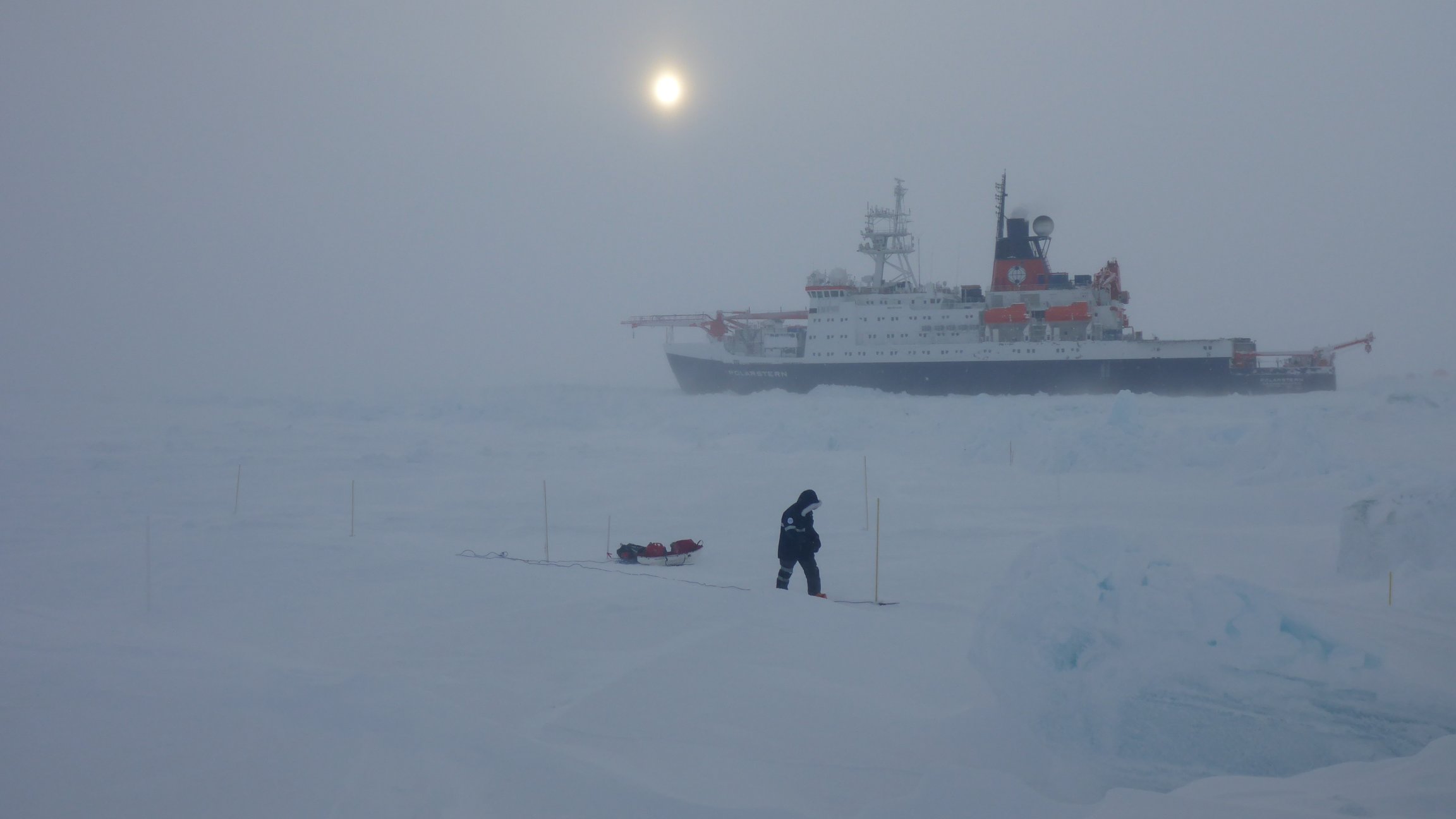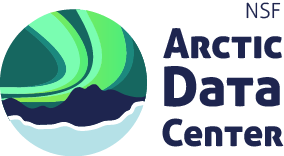Highlight: “We within the field research community recognize that we need to make the data easily accessible for those who weren’t as involved in the data collection” – Dr. David Clemens-Sewall
Background

Lowering an instrument down the deep borehole at Roosevelt Island, Antarctica on Dr. Clemens-Sewall’s first cryospheric field campaign. PC: Howard Conway
Like many Earth scientists, Dr. David Clemens-Sewall was largely unfamiliar with glaciology and cryospheric sciences throughout his early education and found an interest in chemistry. This path shifted and expanded in college where he double majored in chemistry and Earth science at Dartmouth College. This is where David had the incredible opportunity to work on the Roosevelt Island Climate Evolution (RICE) Project, which aimed to analyze the impact of a warming climate on the Ross Ice Shelf in Antarctica, opening his eyes to glaciology and the importance of studying ice. He explained how studying snow and ice is exciting as changes commonly occur on human timescales, whereas many other changes studied by geophysicists occur on much longer, geologic timescales.
Studying snow and ice combines many things he finds fascinating about geophysics, like how mass and momentum move through the climate system. The opportunity to be a part of the Multidisciplinary drifting Observatory for the Study of Arctic Climate (MOSAiC) project meant making new measurements that had never been made before. In addition to the MOSAiC project, David is also focused on updating melt pond parameterizations in a sea ice model to better represent the evolution of pond area, depth, and optical properties.

The conductivity, temperature, and depth (CTD) instrument was lowered through a hole in the ice at the Ocean City measurement site. Ocean City was the primary source of the ocean mixed layer measurements used in the merged dataset. PC: Janin Schaffer
Dataset Highlight
The MOSAiC Model Forcing Datasets Working Group (MMFD) project emerged from a community need for providing both a consistent and traceable set of core variables that were measured on the expedition. Measurements were vast and included near surface air temperature, longwave and shortwave (thermal) radiation, and other parameters that researchers are likely to use in order to understand temperature and energy changes in the Arctic system. As part of this research effort, David and colleagues published a new dataset hosted by the Arctic Data Center – Merged Datasets for the Multidisciplinary drifting Observatory for the Study of Arctic Climate (MOSAiC) Central Observatory in the Arctic Ocean (2019-2020), which includes “all the variables necessary to force a single column ice model”.

Dr. Jennifer Hutchings recovering equipment from an Atmospheric Surface Flux Station that was disrupted by the formation of a pressure ridge. Ice dynamics on MOSAiC caused gaps in a number of data records. PC: Christopher J. Cox
David described a few challenges associated with the incredible diversity and richness of Arctic field measurements:
- Researchers are often interested in a specific measurement or value that’s useful to them and searching through large datasets makes finding this data difficult
- Due to the remoteness and conditions in the Arctic, instruments didn’t stay online all the time and power cables occasionally ripped, resulting in interrupted measurements and data gaps
Scientists working on the MMFD project found creative ways to work around these issues by using other datasets to fill gaps and producing a traceable record of data that researchers can easily use, with accessible methods published on GitHub. MMFD serves as a living dataset for others to use and participate in. To get involved or learn more about MOSAiC, David recommends joining a working group and subscribing to the working group mailing list.

Dr. Clemens-Sewall making manual ice thickness measurements at MOSAiC as used in Raphael et al. 2024. PC: Eric Brossier
“Remote” work
Working in the Arctic often means considering factors that are not as important in other research locations. In David’s experience, it is logistically challenging to get to the Arctic, especially offshore in the wintertime. He stated “another challenge in the snow and ice world is determining the best way to make measurements without compromising the surrounding environment, and in turn compromising our own measurements”. Keeping field equipment working in cold, windy, and often icy regions is always a challenge.

The Met City atmospheric measurement site was the primary source of surface meteorology measurements used in the merged dataset. PC: Martin Radenz
Looking towards the future
The goal of this new dataset is to facilitate easier use of MOSAiC data. When asked how this work will impact future research efforts in the Arctic, David explained that “we within the field research community recognize that we need to make the data easily accessible for those who weren’t as involved in the data collection”. He hopes that providing these more temporally-continuous records with more traceable history will serve as an accelerator for other types of related research. More generally speaking, David expressed the need for consistent formats that field observations are placed into. He explained that the first part of finding data is always converting the data into a usable format and using consistent formats throughout the scientific community would safe researchers time and promote data reuse.

Power cables to Met City were often disrupted by ice dynamics, like the formation of this lead underneath the power cable. PC: Julia Schmale
Collaboration and community
When asked about the most rewarding aspect of his career, David immediately responded with “the people I get to work with”. He further explained that the Arctic research community is really wonderful and in his experience, people have been genuinely interested in collaboration and understanding what everyone’s doing and how they can work together.
How is the Arctic Data Center useful for researchers?
 When asked how the Arctic Data Center has helped with his research, David explained that having data archives like the ADC are extremely valuable in understanding what’s happening in the Arctic research space. He mentioned how the mandate from funding agencies to archive and publish data promotes data sharing and reuse, and the ADC team have been great to work with in terms of getting data archived in a timely manner and commended the staff for having a quick turnaround to be helpful on a research timescale. He stated that “sometimes they even catch errors in submitted datasets!”.
When asked how the Arctic Data Center has helped with his research, David explained that having data archives like the ADC are extremely valuable in understanding what’s happening in the Arctic research space. He mentioned how the mandate from funding agencies to archive and publish data promotes data sharing and reuse, and the ADC team have been great to work with in terms of getting data archived in a timely manner and commended the staff for having a quick turnaround to be helpful on a research timescale. He stated that “sometimes they even catch errors in submitted datasets!”.
Dataset Citation: David Clemens-Sewall, Christopher Cox, Kirstin Schulz, & Ian Raphael. (2024). Merged Datasets for the Multidisciplinary drifting Observatory for the Study of Arctic Climate (MOSAiC) Central Observatory in the Arctic Ocean (2019-2020). Arctic Data Center. doi:10.18739/A2GX44W6J.
Written by Nicole Greco
Community Engagement and Outreach Coordinator, Arctic Data Center
